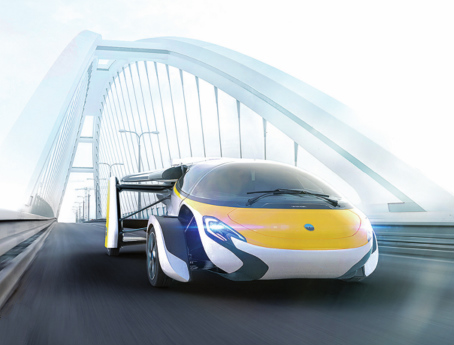Wings of desire


Toyota has invested in the Japanese startup Cartivator, which is developing a flying car it hopes will be used to light the Olympic flame in Tokyo in 2020. The Zhejiang Geely-owned, Massachusetts-based Terrafugia (meaning "escape the earth") says its Transition VTOL (vertical takeoff and landing) car has received FAA approval, with aims to start deliveries in the next three years. And Munich-based Lilium has successfully tested its two-seater electric-powered Eagle prototype, and is now developing a five-seater version designed for air taxi and ride-sharing services. It envisages a future where travelers can call up a flying taxi on an Uber-style app. "A flight from Manhattan to New York's JFK Airport will take around five minutes, compared to the 55 minutes it would take you by car," according to the company.
Having a flying car may sound cool and all, but why would anybody actually buy one? They provide the "convenience and speed of air travel with the door-to-door flexibility and comfort of a private car," explains Juraj Vaculik, co-founder and CEO of AeroMobil. "There are several scenarios for using this type of vehicle: super-commuting, weekend travel, business or just recreational flying."
In road mode, the AeroMobil can reach 100 mph. It's powered by a two-litre, four-cylinder turbocharged engine that on the ground generates electrical power that drives the front wheels. In the air, it can reach 225 mph and has a range of 470 miles (756 km). Vaculik says that the AeroMobil has a perfectly aerodynamic teardrop shape, with the appearance of "petals opening" as the wings gradually extend.




































